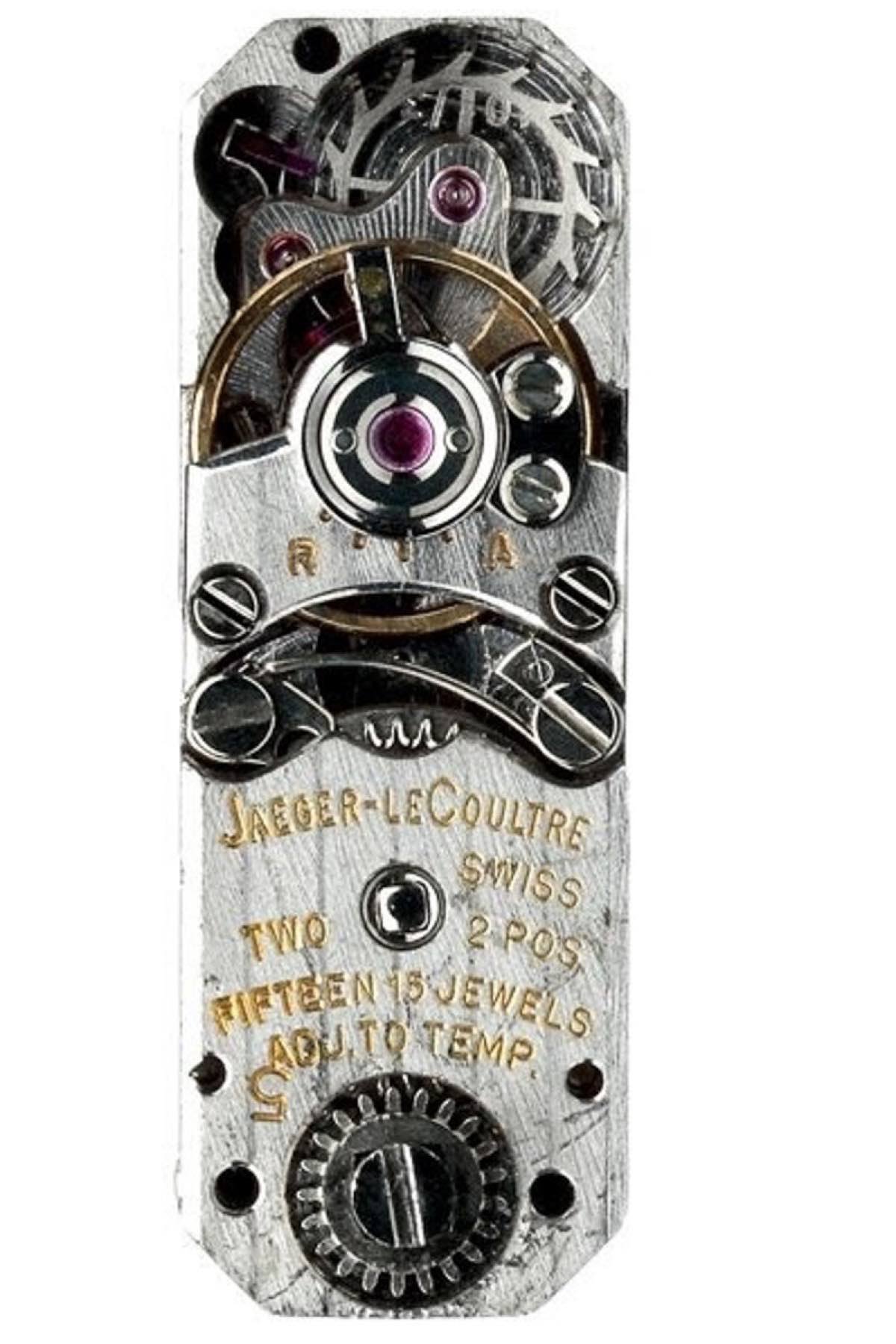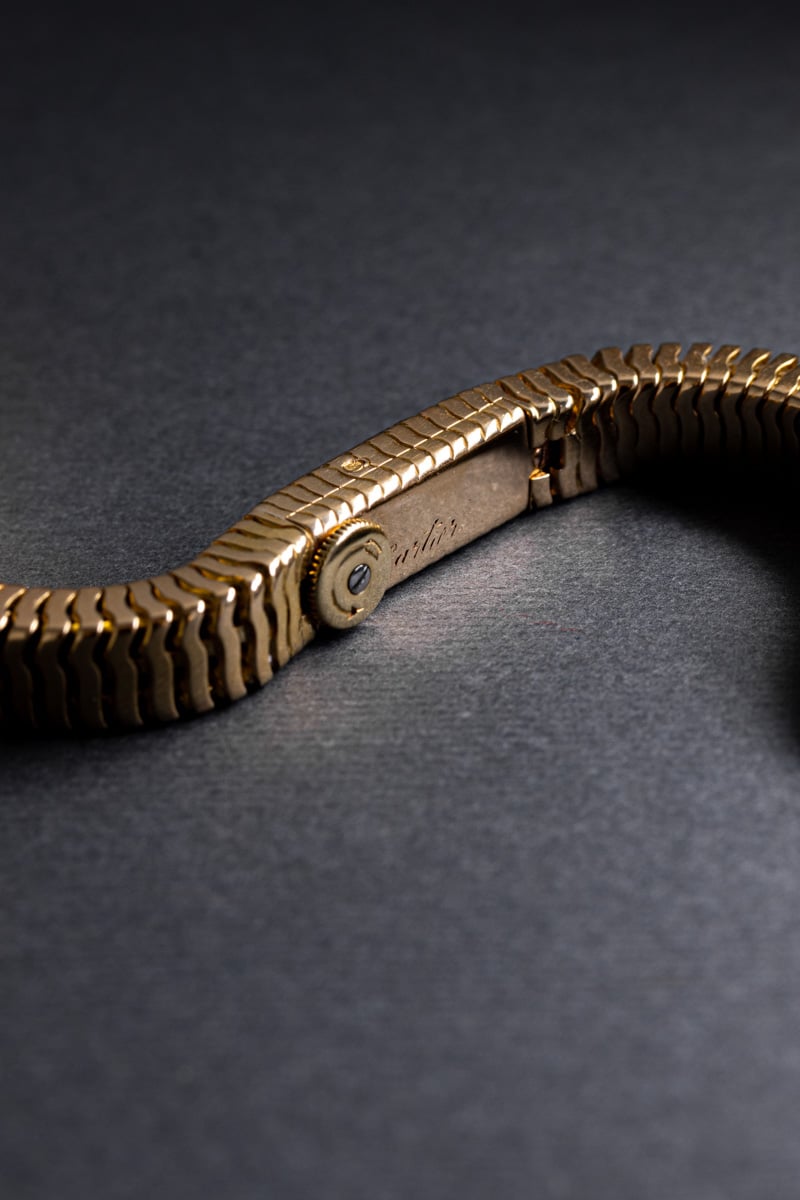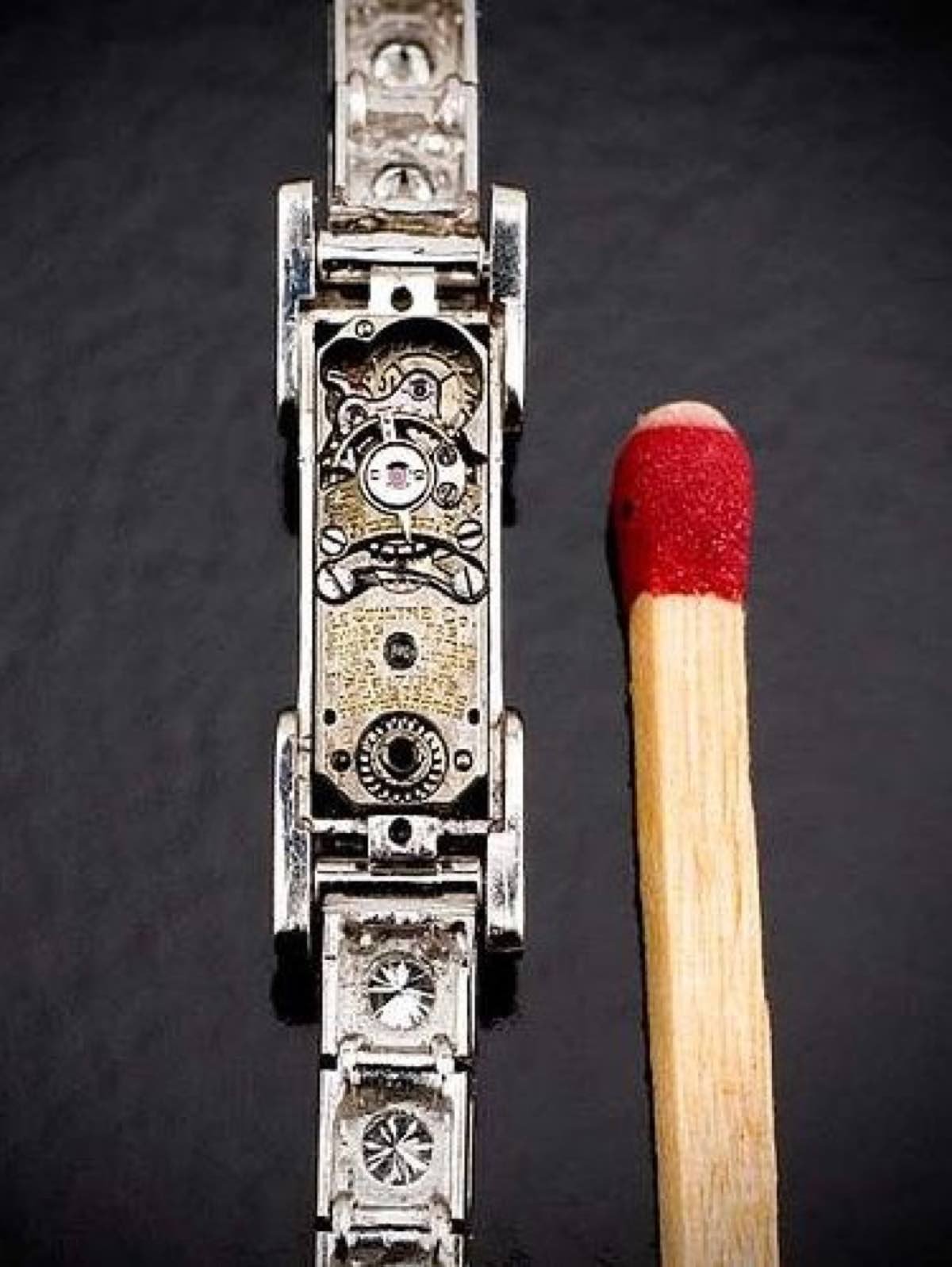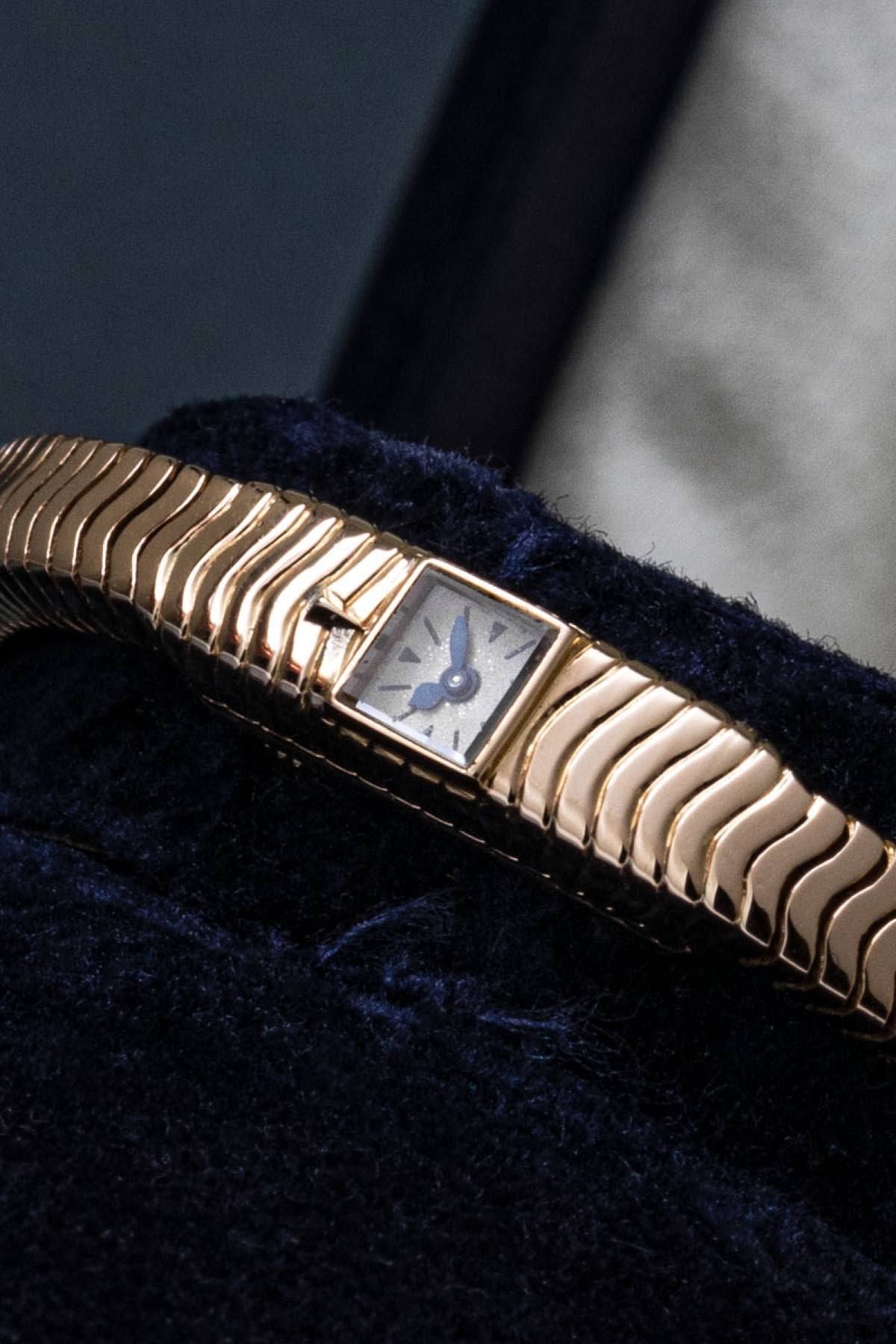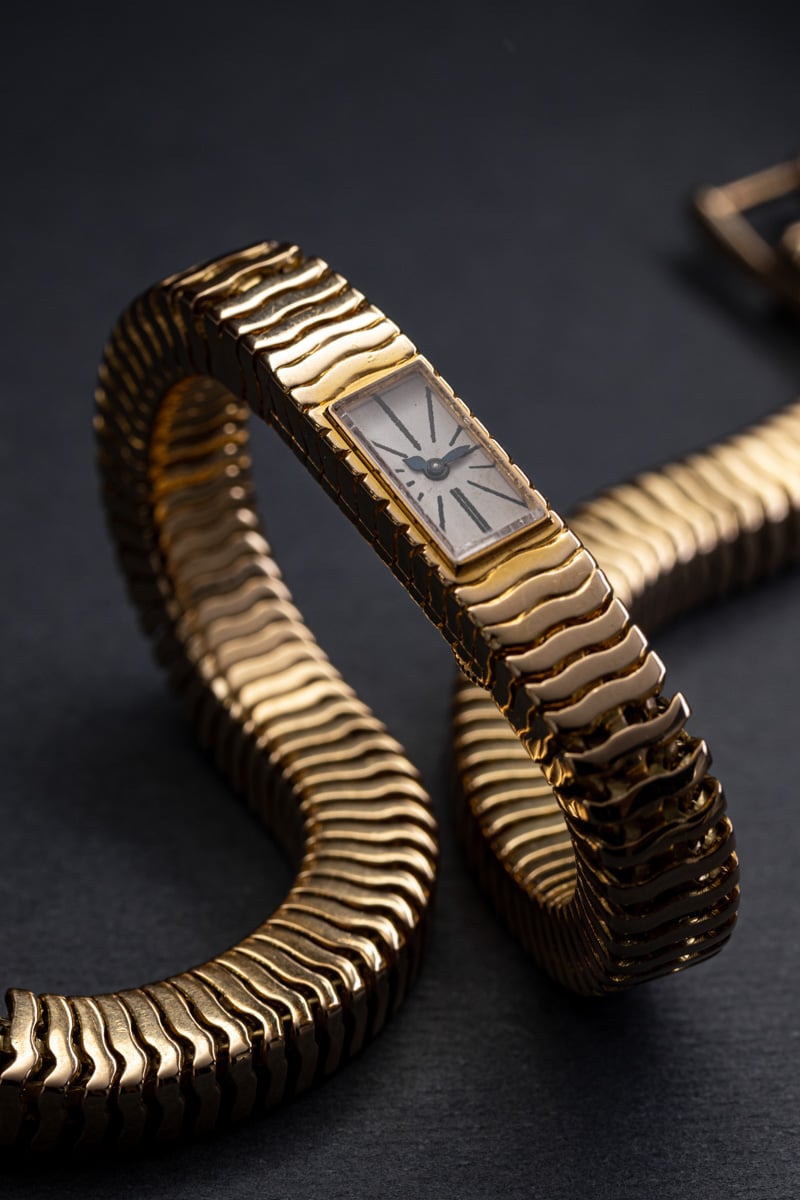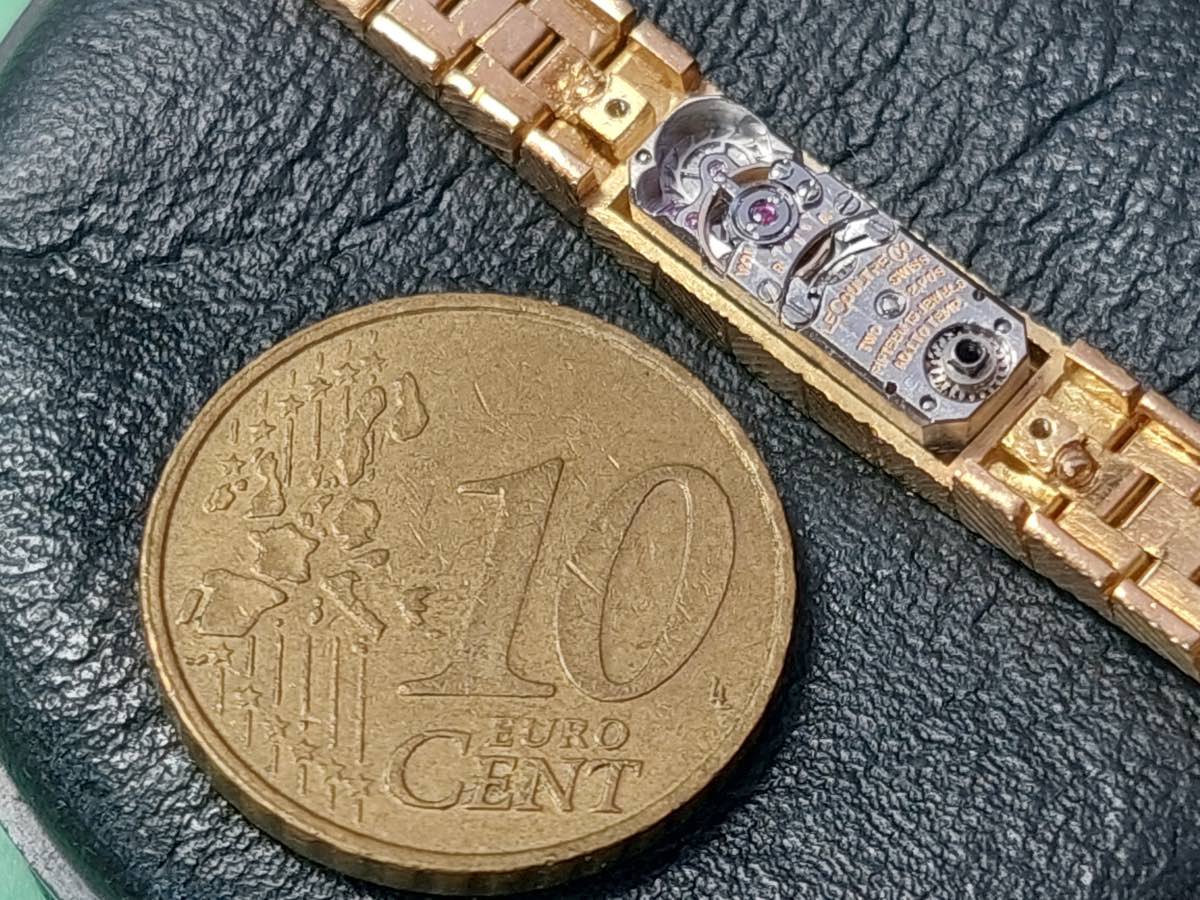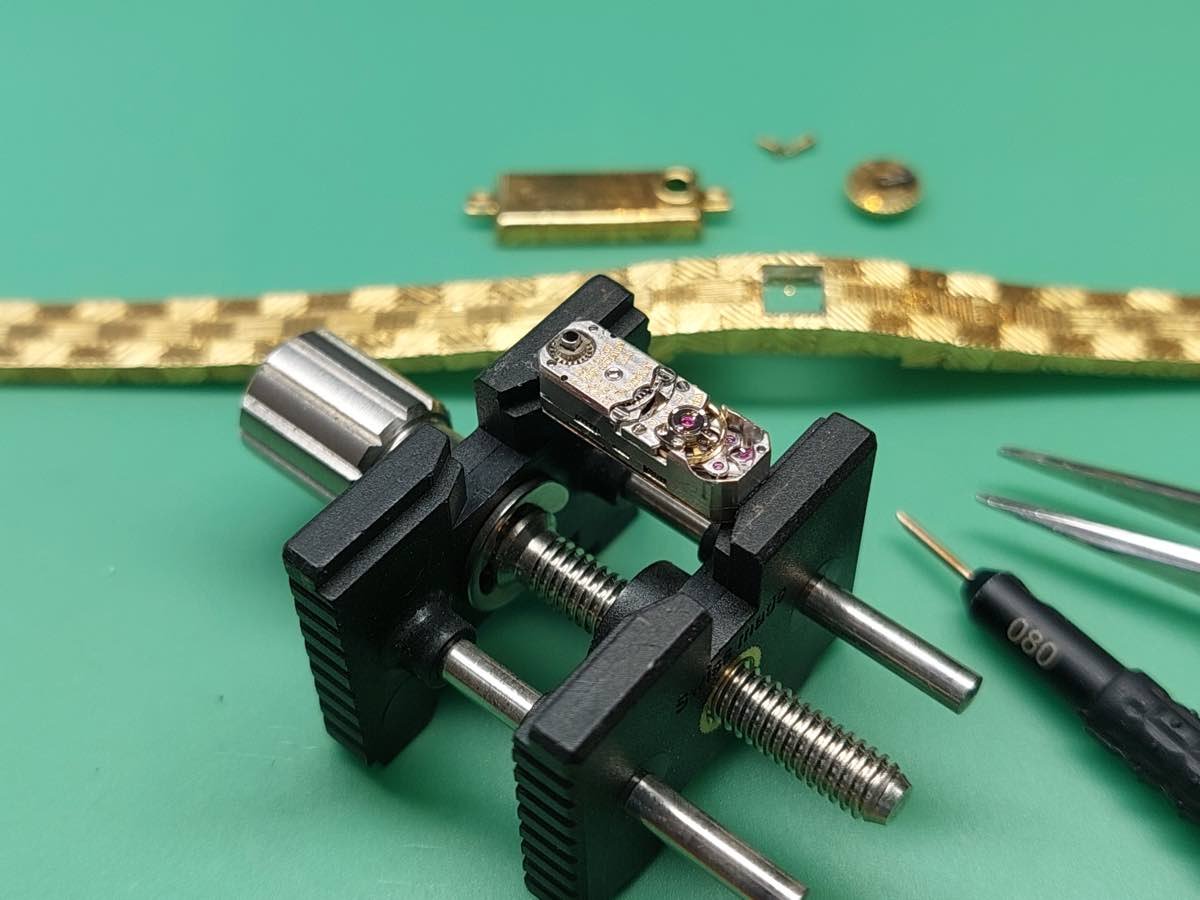When Less Is More: Jaeger-LeCoultre Caliber 101 — The Smallest Watch Movement Ever
Many watch aficionados have been lamenting the fact that many watch movements have gotten bigger over the past two decades. Enter the Jaeger-LeCoultre Caliber 101. This is a lesson in miniaturization that some modern brands should take heed of. So, what cutting-edge 2023 technologies were used to produce it? None. It is almost a century old!
The Jaeger-LeCoultre Caliber 101 is an impressive feat of engineering and watchmaking. I have had the privilege of handling several of these, and the scale is uncanny. I will do my best to convey some of the awe I experienced in this article.
Jaeger-LeCoutre Duoplan
Before we get to Caliber 101, we have to back up a bit. JLC’s journey into miniaturization began in the 19th century with Antoine LeCoultre’s invention of the Millionometre. This tool allowed measurements down to one micron. Impressive on its own merit, it would turn out to influence the path of the brand down the line.
Antoine’s grandson Jacques-David LeCoultre merged the family business with French watchmaker Edmond Jaeger in 1903. One of the early projects they tackled together was the Duoplan technology.
In an effort to scale down watch calibers, the traditional movement architecture was broken in two and stacked. Duoplan, literally meaning “two levels,” was born. The crown was placed flush against the backside, making these so-called “backwinding” movements. The Duoplan technology was specifically designed for jewelry watches. Remember that this was still very much back in the era of pocket watches.
Duoplan Caliber 101
Come 1929, the early Duoplan calibers found their smallest footprint. Caliber 101 was born, pushing the split-level concept to its absolute maximum. Or minimum, I should say. Measuring just 14mm long × 4.8mm wide × 3.4mm tall, this was the smallest watch movement ever produced. And guess what: it still is!
Edmond Jaeger was engaged in a joint venture with Cartier in the 1920s, called European Watch & Clock Company. Cartier used primarily EWC calibers in its higher-end models, which is why you will find many Cartier watches of the era housing Caliber 101.
The caliber was fully functioning and made up of 78 parts, including the atypical two main plates. It has seen several updates during its 94-year existence. The current version features 20 more components than the original, ticks at 21,600vph, and has a 33-hour power reserve.
Caliber 101 as part of the discreet watch trend
It makes perfect sense for Jaeger-LeCoultre to have developed a miniature caliber during the 1920s. Jewelry watches and cocktail watches were all the rage for women. Men still largely relied on pocket watches, but the miniaturized jewelry watch was the accessory for the women of high society.
The idea was that a cocktail watch would allow the woman to discreetly check the time. Of course, checking the time during social gatherings was a bit of a faux pas. From a distance, it was often impossible to distinguish a cocktail watch from a mere bracelet, so these watches were perceived as empowering for women.
Speaking of women and power, Caliber 101’s biggest moment in the spotlight came in 1953. Queen Elizabeth II wore a watch with one during her coronation ceremony. The model she wore consisted of two rows of diamonds, like a double tennis bracelet. The watch head itself, although tiny, was obscured further by continuing the diamond rows, exposing a dial only around 5mm × 5mm in size.
Caliber 101 — still the smallest
Almost a century after its introduction, JLC’s Caliber 101 is still the smallest mechanical watch movement. This can, in part, be attributed to the fact that it is pushing the envelope in terms of technical feasibility. At the same time, you can wonder whether there is any use for anything smaller. The dials of the watches fitted with Caliber 101 are already at the edge of what is legible with a healthy pair of eyes. The watches are already about as subtle as they can reasonably get.
Will we see another caliber that is smaller still? Well, never say never. I am sure there is an ambitious watchmaker out there ready to scratch his name into the walls of watchmaking history. It seems that thinness is the prestigious goal of the moment. Brands like Bvlgari and Piaget continue to strive for ever-thinner calibers. I am not aware of any brands taking on the overall tininess challenge.
So for now, it seems JLC Caliber 101 is sitting firmly at the top. And having handled several in person, I can only say it is downright impressive, especially once you consider that Jaeger-LeCoultre developed it long before computer-aided design and CNC machining.
A big thank you to my old colleagues at Amsterdam Watch Company for kindly providing the amazing images for this article.

